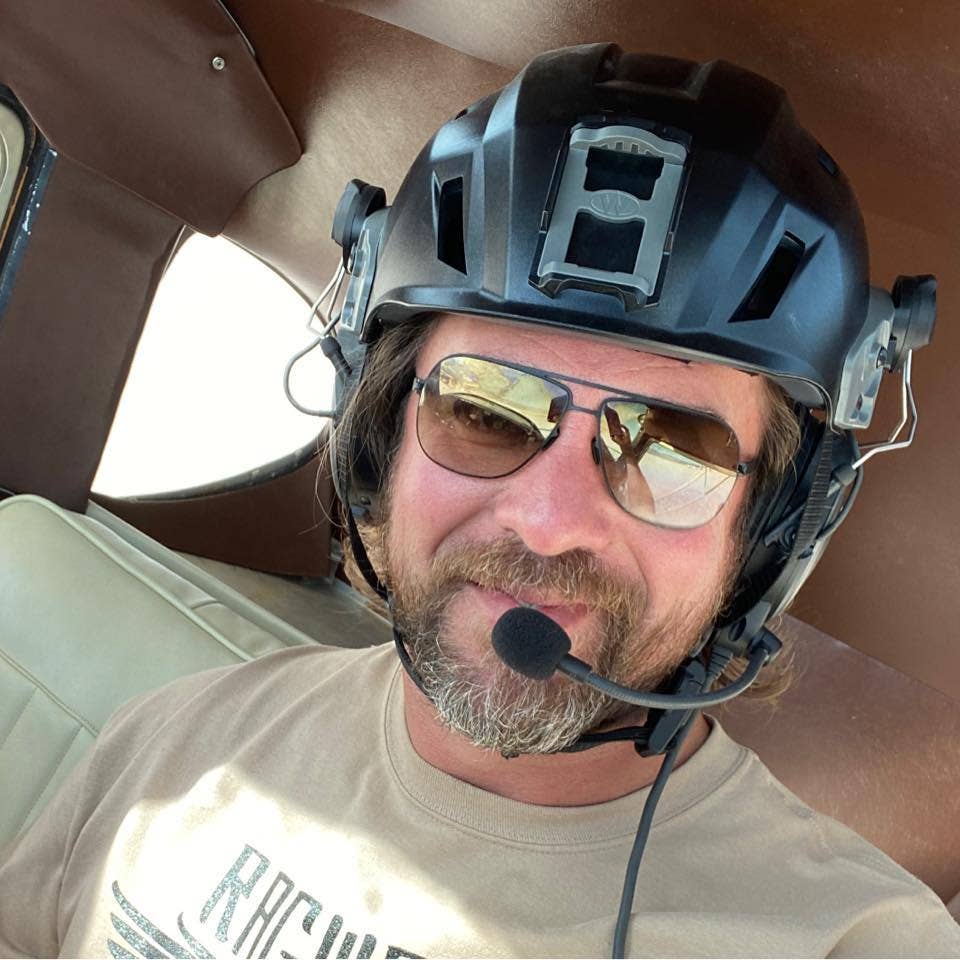Fatal Crash at Nebraska STOL Event Devastates Backcountry Community
The apparent stall/spin accident claimed the life of a popular flyer and raised crucial safety questions

Photo via Tom Dafoe’s Facebook page.
Last Friday in Wayne, Nebraska, a popular backcountry flyer, Tom Dafoe, was killed when he lost control of the 1946 Cessna 140 he was flying. The crash was witnessed by dozens of people the Wayne MayDay STOL event. The remainder of the competition, which was scheduled to run through the weekend, was cancelled following the crash.
Dafoe, who worked at jetAviva and who had worked for Textron Aviation for many years prior to that, was 45. He is survived by his wife, five children and one grandchild.
According to reports, high winds had postponed the STOL/Drag contest, in which planes race each other at very low level with a stop and a turnaround. The planes in this event don't get very high, usually just a handful of feet above the surface, as they speed from one end of the course to the other and then back again to the start/finish line. Dafoe was apparently flying a more traditional STOL segment, one in which planes take off, using as little runway/ground roll as possible, and then come back around to land, again using as little runway as possible to land again. Competitors are judged on the overall length of their landing and takeoff rolls combined, as opposed to the STOL/Drag race, where it's a true race from start to turnaround to finish.
The AOPA Air Safety Foundation has created a video which it refers to as an "Early Analysis" look at the crash. It wrote, "In Early Analysis: N76075, the AOPA Air Safety Institute wants to help pilots understand what is known about the accident. We look at factors that are likely to be the subject of an investigation by the National Transportation Safety Board (NTSB)," said AOPA's ASI Senior Vice President Richard McSpadden. "It appeared Dafoe's Cessna 140 made an S-turn for spacing behind a Zenith 701 to compensate for the Cessna's faster speed leading to a stall/spin accident. A lesson general aviation pilots can take away from this accident is to always have a Plan B when following closely behind a slower aircraft---including breaking off and performing a go-around."
McSpadden added. "STOL events are opportunities to bring people together and we want to ensure these types of events can continue. This unfortunate accident can provide lessons to help all pilots protect against a stall/spin accident."
We have not included a link to the video for AOPA's discussion of it, and we will not be posting the disturbing video of the crash either. Here's why we won't be.
After the event was cancelled, organizers wasted no time in make grief counselors available to those on the field, many of whom had seen the fatal crash firsthand.
Over the weekend, friends and work colleagues of Dafoe started at least three Go-Fund-Me accounts for his family. So far, those initiatives have raised more than $50,000. Here is a link to the fundraiser started by jetAVIVA, where Dafoe worked as an aircraft sales director.
The tragedy raised questions in the aviation community about the risks involved in STOL competitions and in backcountry flying, especially since these contests often involve pilots new to this kind of low-level, edge-of-the-envelope flying. These are questions the NTSB will likely weigh in on when it publishes its report on the crash. Those reports typically take about a year for investigators to publish.

Subscribe to Our Newsletter
Get the latest Plane & Pilot Magazine stories delivered directly to your inbox






